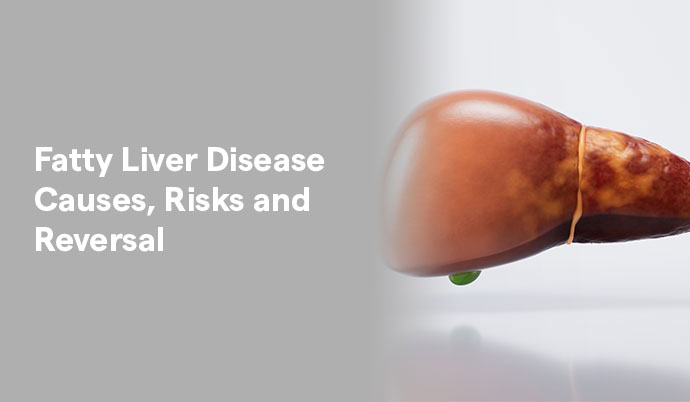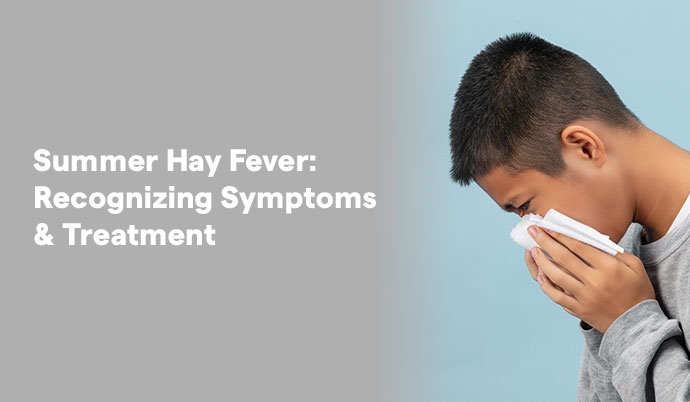
Fatty Liver Disease.
Before you say, "But I don't drink!" hold on. You don't have to drink to suffer from a growing health problem that has nothing to do with alcohol and is becoming a leading cause of chronic liver disease worldwide. This all falls under the umbrella of MASLD: Metabolic dysfunction-associated Steatotic Liver Disease. This used to be known as NAFLD (Non-Alcoholic Fatty Liver Disease) and is quickly moving to a global health crisis.
MASLD occurs when there is excessive fat in your liver, even if you drink minimally or don’t drink at all. The main factors leading to MASLD are: obesity, diabetes, insulin resistance, high cholesterol, and little physical activity, all of which severely impact liver function and overall liver health.
If left unchecked, MASLD can progress to the nastier version, MASH (Metabolic dysfunction-Associated Steatohepatitis). That’s when the liver begins to become inflamed, which can lead to scarring (fibrosis), permanent damage (cirrhosis), and in the worst cases, liver failure or liver cancer. Scary? Isn’t it? The good news is that it is preventable and many times reversible.
It is no longer just an adult concern. Therein lies the twist. Alcohol-related fatty liver is real, but MASLD is its sober counterpart. It manifests in people who ingest little to no alcohol and is driven by poor metabolic health, not alcohol. Same outcome (a fatty liver), different pathways. In the past, liver disease was viewed as a disease of the middle-aged. MASLD is altering that view. It is now showing up in:
And although being overweight is an important risk factor, even lean people, especially in India and East Asia, can develop what is termed "lean MASLD."
You may be more likely to develop it if you:
Here is the tricky part: most people feel good. During early development, MASLD seldom, if ever, causes liver symptoms, but as it progresses, you may find:
No, your liver doesn’t just pop into your Instagram DMs saying, “Hey, I’m struggling.” But your doctor, from the best liver function and liver health experts at the best liver gastroenterology hospital in Delhi, can find out through:
MASLD will not remain meek and harmless forever. Here is the progression:
Even if you're not progressing to cirrhosis, MASLD will elevate your risk for heart problems, kidney pathology, and the effects of diabetes. This is why keeping a check on liver health is as essential as tracking your screen time.
Fatty liver doesn’t yell, it whispers. You won’t feel it until it is already doing the damage. But trust your gut and your decisions. If you tick any risk factor boxes, get a liver function test and an ultrasound. Liver health starts with awareness, and awareness starts with you.
Prevention is not just better than a cure-it’s economical, safe, and smart. For proper care and treatment of liver symptoms and guidance on a healthy liver diet, book an appointment at Sir Ganga Ram Hospital today




